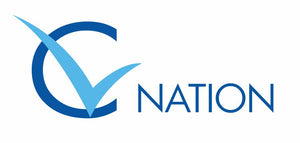When writing your cabin crew cover letter, it's important to conduct some research into the airline you are applying to work for. This is because you need to understand the airline’s values and organisational culture.
When you understand this information, you can then explain how you are aligned with the airline’s values and culture.
As an example, let’s take a look at the values and culture of Emirates.
This was summed up by the airline’s president, Tim Clark, in an interview with Airlines IATA: ‘The success of Emirates is the result of our corporate culture of innovation and a pioneering spirit, combined with a ‘make it happen’ attitude that is shared throughout the organization at all levels. Working with bright, talented people who are not afraid to take calculated risks makes my job easy.’
So, what are the key takeaways from this in terms of Emirates’ values and culture?
Well, we now know that the airline values innovation, a pioneering spirit, determination, talent and calculated risk-taking.
So, if you were preparing a cover letter for Emirates, you should convey how you meet these values. This is, of course, assuming you do in fact meet these values. We would never encourage anyone to lie on their cover letter for any reason whatsoever.
Honesty is always the best policy when approaching job applications.
Another great aspect of research is that is shows recruiters you’re genuinely interested in their airline. At least interested enough to learn about the company.
Take your research a step further and find out what the airline’s objectives are for the future. Learn about their market position. If you can mention any of this in your cover letter, without coming across as pretentious, you’ll convince the recruiter that you have a sincere interest in joining the airline.
